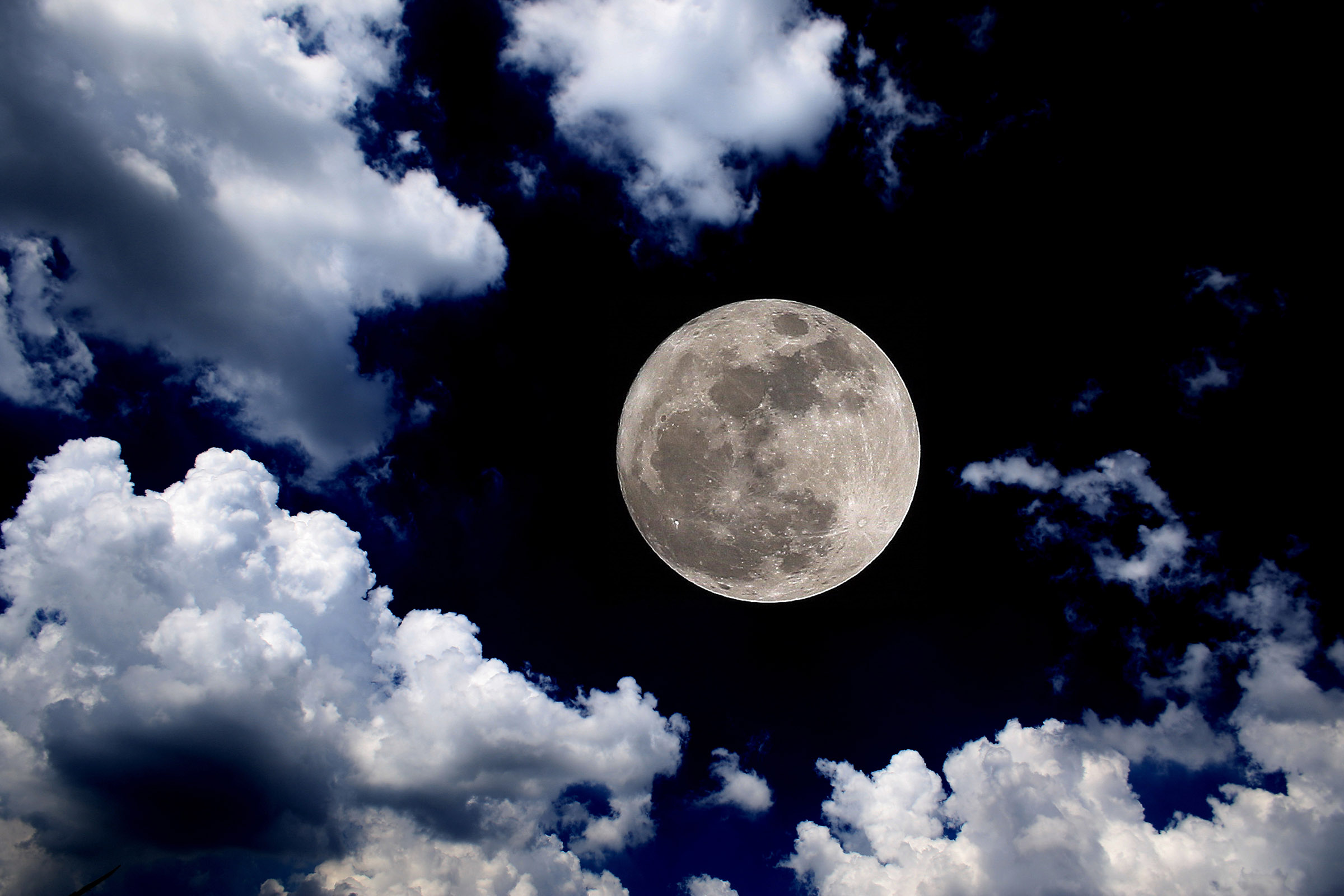A rare supermoon will grace our skies next week. August’s full moon—also known as the Sturgeon moon—is set to appear in the night sky on August 19. Those hoping to see the full moon will want to head outside after 8 p.m. ET for the best chance at seeing it at its peak.
More specifically, folks in the United States will be able to see it around 8:07 p.m. ET, when moonrise occurs, according to the Farmer’s Almanac. Folks on the other side of the world will be able to see it as early as 2:26 p.m. ET, though.
While you can view rare supermoons at any point throughout the night, the best time to see them is just after moonrise or before moonset. That’s because the moon will be closer to the horizon, making it appear much larger as it can be compared to objects on the ground—like buildings and trees.

This creates a kind of optical illusion, which makes the moon seem more prominent than when it is higher up in the sky. While the moon should be easy to see all across the states, you’ll probably want to check the weather forecast to ensure you have a clear and storm-free night for the best viewing opportunity.
One reason that supermoons are treated so special is because of how rare they are. They typically only happen around three to four times a year. This rare supermoon is just the first of a few that are set to happen throughout the rest of 2024, though, with additional supermoons expected on September 18, October 17, and November 15.
Part of what makes the moon appear so much larger—and up to 30 percent brighter—than normal during a supermoon is the fact that the moon is at its perigee. This is the point where the moon is closest to Earth in its orbit. As such, supermoons always occur in concurrent months, as the moon continues its orbit around our little blue dot.








